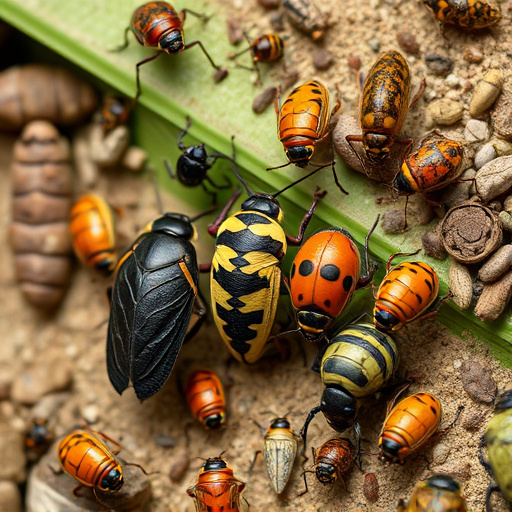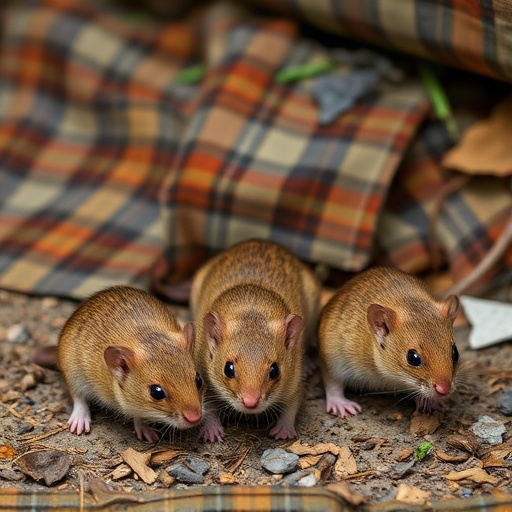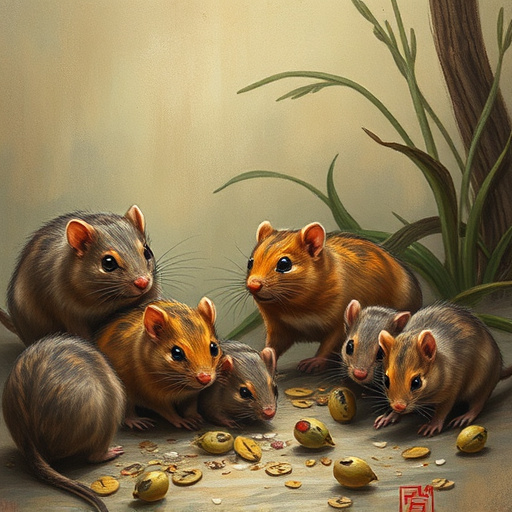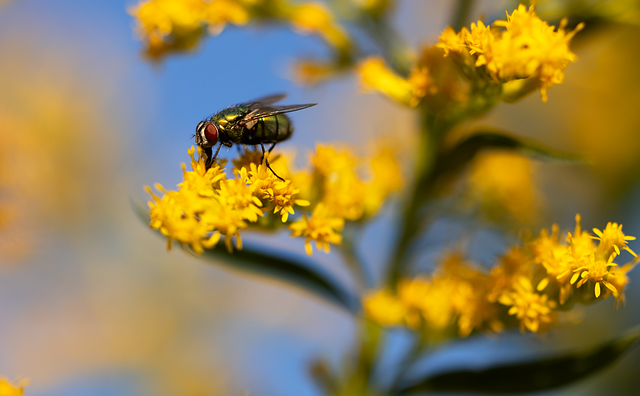Pest Control Services experts emphasize understanding pest life cycles and behaviors for effective management. By targeting specific stages and preferences, treatments prevent damage, minimize environmental impact, and optimize service efficiency. Factors include predicting movement, identifying intervention points, and addressing diurnal/nocturnal habits. Customized solutions, integrating advanced techniques like entry point identification and eco-friendly repellents, ensure robust pest control services while promoting sustainable practices and reducing chemical reliance.
Education on pest behavior is key to effective management. Understanding their life cycles and identifying common pests in diverse environments empowers individuals and businesses alike to make informed decisions. This article delves into crucial aspects, including the influence of habitat and food sources, offering practical strategies for prevention and control. We explore Integrated Pest Management (IPM), a holistic approach that combines various tactics to mitigate pest issues sustainably. Discover expert insights on enhancing pest control services through knowledge and strategy.
- Understanding Pest Life Cycles and Behaviors
- Identifying Common Pests in Different Environments
- The Role of Habitat and Food Sources in Pest Management
- Effective Strategies for Pest Prevention and Control
- Integrated Pest Management: A Holistic Approach
Understanding Pest Life Cycles and Behaviors
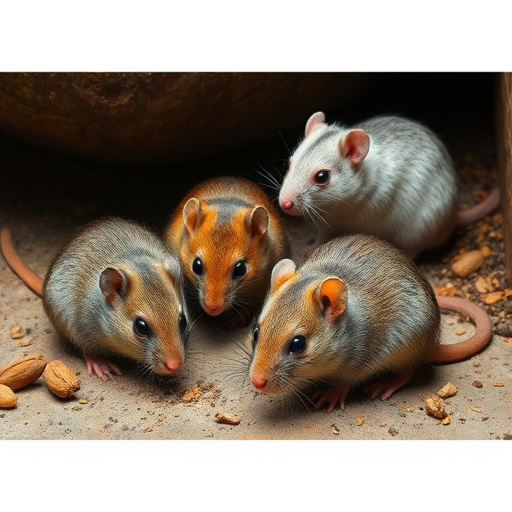
Pest control services experts emphasize that understanding pest life cycles is a cornerstone in effective management. Pests, like all living organisms, go through distinct stages—from eggs to nymphs and finally adults—each with unique behaviors and vulnerabilities. By studying these cycles, one can predict their movement, identify critical points for intervention, and deploy targeted treatments. This proactive approach prevents pest populations from reaching damaging levels.
Moreover, recognizing behavioral patterns is crucial. Different pests have distinct preferences for food sources, habitats, and nesting sites. Some are more active during the day (diurnal) while others prefer the night (nocturnal). Understanding these behaviors allows for tailored strategies to disrupt their activities, making pest control services more efficient and environmentally friendly.
Identifying Common Pests in Different Environments
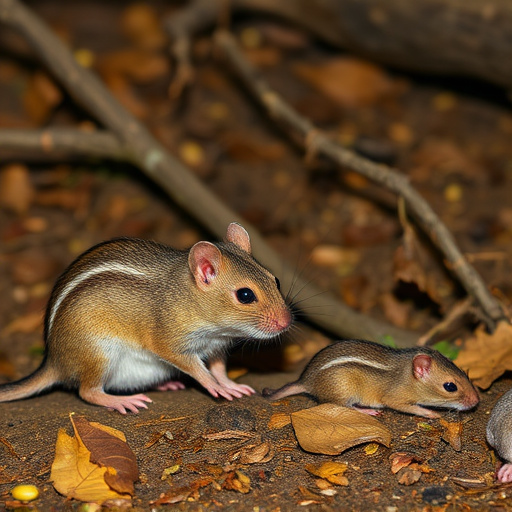
In various environments, from homes and farms to schools and businesses, a wide array of pests can be found, each with unique behaviors and characteristics. Identifying common pests is the first step in effective pest control services. For instance, household pests like ants, cockroaches, and spiders are attracted by food sources and shelter, often found in kitchens or dark corners. In agricultural settings, termites, rodents, and insects such as locusts can cause significant damage to crops and structures. Schools and offices may deal with flies, bed bugs, or mice, which thrive in areas with human activity and waste.
Understanding these pests’ habits and preferences is crucial for targeted management strategies. Regular inspections, proper sanitation, and sealing entry points are essential preventive measures. Knowing their life cycles and the signs of an infestation enables property owners and managers to take prompt action, minimizing damage and ensuring a healthier environment. Effective pest control services rely on this knowledge to deploy appropriate treatments tailored to each specific pest and location.
The Role of Habitat and Food Sources in Pest Management
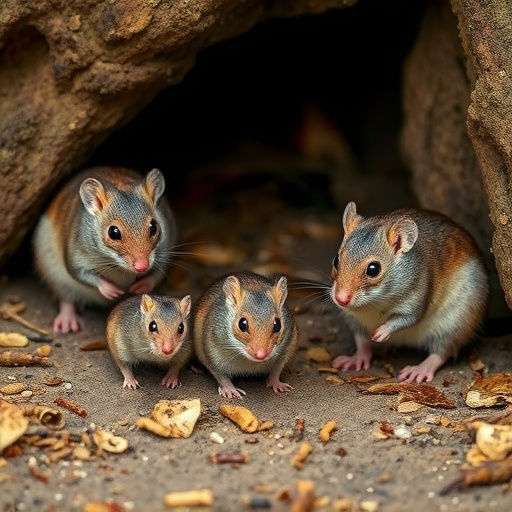
Pest behavior is deeply intertwined with their habitat and food sources, which plays a pivotal role in effective pest management. Understanding where pests live, what they eat, and how these factors influence their activities is crucial for implementing tailored strategies. For instance, knowing that certain pests are attracted to specific plants or materials allows pest control services to take proactive measures by removing or treating these attractants. By altering the environment, professionals can disrupt pest life cycles and reduce their overall population.
Moreover, habitat manipulation can involve creating physical barriers to prevent pest entry or providing alternative, non-attractive habitats. Access to food is another critical aspect; reducing or eliminating readily available food sources can significantly decrease pest activity. This knowledge enables pest control services to employ integrated pest management (IPM) techniques, which focus on the least harmful methods first, ensuring a balanced and sustainable approach to pest control.
Effective Strategies for Pest Prevention and Control
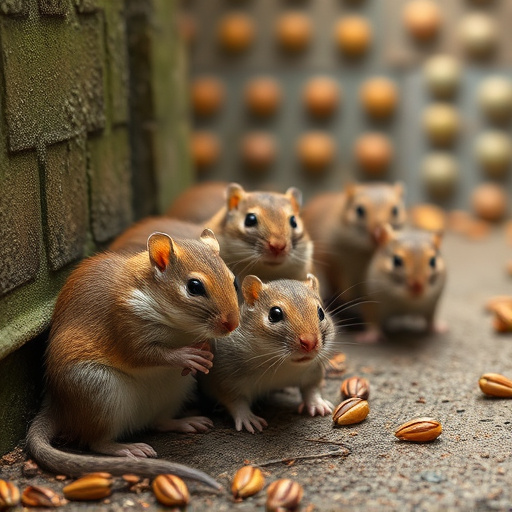
In the pursuit of effective pest prevention and control, integrating strategic measures is paramount. Professional Pest Control Services play a pivotal role in this regard, offering tailored solutions that address specific pest behaviors and habitats. These services employ advanced techniques such as identifying entry points, utilizing eco-friendly repellents, and implementing trap systems to disrupt the lifecycle of pests, thereby minimizing their population and impact.
Regular inspections are another cornerstone strategy. Conducting thorough checks allows for early detection of potential infestations, enabling swift action to prevent widespread dissemination. Moreover, educating occupants about pest habits—such as maintaining cleanliness, sealing entry points, and storing food securely—acts as a powerful deterrent. Combining these proactive approaches with professional interventions ensures a comprehensive and sustainable Pest Control Services strategy.
Integrated Pest Management: A Holistic Approach
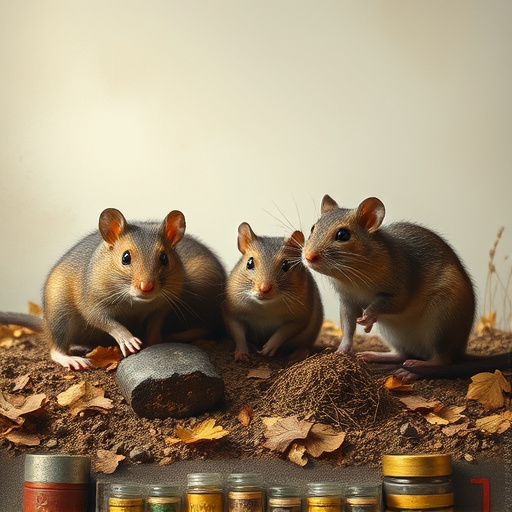
Integrated Pest Management (IPM) offers a holistic approach to pest control, prioritizing prevention and minimizing reliance on chemical pesticides. This strategy involves understanding pest behavior, identifying their entry points, and implementing targeted measures. By combining biological, cultural, mechanical, and chemical methods, IPM creates a balanced ecosystem that promotes the health of plants, pets, and people.
Adopting IPM principles can significantly reduce the need for aggressive pest control services. This approach encourages regular monitoring, prompt action upon detection, and the use of non-toxic or least-toxic methods whenever possible. As a result, it fosters a sustainable environment, reduces environmental impact, and ensures a safer, healthier living space for everyone involved.
By gaining a deeper understanding of pest behavior, including their life cycles, preferred habitats, and food sources, individuals can become better equipped to prevent and manage pest infestations. This knowledge empowers homeowners and businesses alike to make informed decisions regarding pest control services, adopting integrated pest management strategies for long-term success in maintaining pest-free environments.
